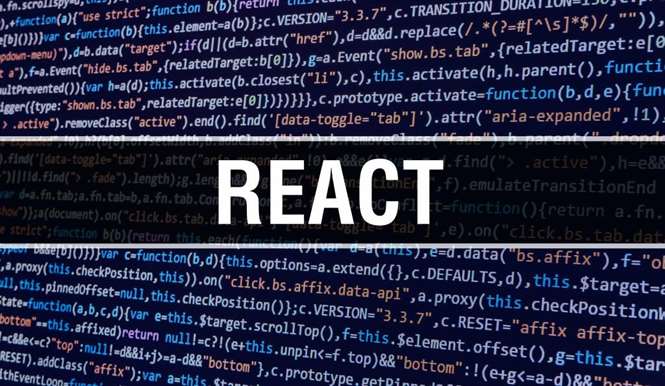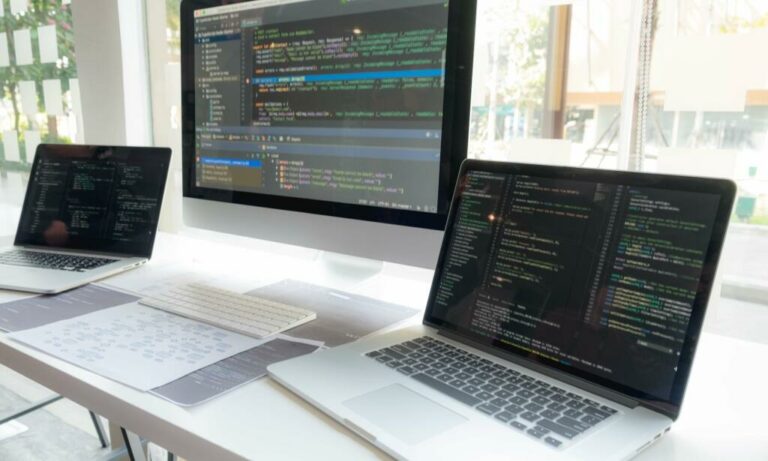Burn-Up Chart: Exposing Scope Creep and Revealing Your Real Progress
Burndown charts are graphs that give an overview of progress over time while completing a project. In our ebook The Agile Guide To Agile Development, we recommend tracking daily progress, and an essential tool for tracking progress is keeping burndown charts. A burndown chart or burn down chart is a graphical representation of work left to do versus time.
- This will help to ensure they are remaining productive throughout the whole project.
- Using these two charts collaboratively can be useful in providing a complete picture of how the project and individual sprints have progressed.
- By estimating the time it takes to complete tasks, issues, and testing, you can determine the project completion date.
- A burndown chart is a graph that represents the work left to do versus the time it takes to complete it.
- Team members plot and update the daily progress, showing the actual effort compared to the ideal effort estimation.
- Suppose your ideal baseline for using the available hours over the sprint.
Suppose your ideal baseline for using the available hours over the sprint. So in the simplest for this is the available hours divided by number of days. In this example, 80 hours over 5 days equating to 16 hours a day. After calculating the estimates, use a similar chart to track the actual effort it takes to complete each task.
Components And Uses Of Burndown Charts In Agile Development
These benefits make using a burndown chart an excellent tool for tracking team workload, effort, and productivity. Not to mention, it’s perfect for those who prefer to visualize their tasks and the overall what is burndown chart project goals. While burndown charts are great for quickly evaluating the ratio of work remaining and the time it takes to complete that work, it doesn’t show everything about the trajectory of a project.

Here are the steps involved in putting together a burndown chart. Regardless of who creates the chart, each member of the development team’s responsibility is to update it. Encourages communication within the team by providing visibility of the project’s current daily status. This benefit mitigates the risk and helps the team address problems as they occur instead of waiting until the end of the project. Information provided on Forbes Advisor is for educational purposes only.
Agile & DevOps
There are certain limited circumstances in which a project may have a well defined fixed scope. If a project is guaranteed to have fixed scope, the burn up chart communicates no more information than a burn down chart, so the simplicity of the burn down chart is preferable. The primary determinant in whether to use a burn up or burn down chart is what you are trying to accomplish, your goal. Are you presenting to clients for the continued survival of the project? Are you simply trying to increase your own knowledge and understanding of what is happening in the project?
What Is A Burndown Chart? Everything You Need To Know – Nasdaq
What Is A Burndown Chart? Everything You Need To Know.
Posted: Sun, 27 Mar 2022 07:00:00 GMT [source]
However, if the daily line runs above the estimation line, the team is falling behind schedule. Teams can look at past burndown charts and see how well they have worked together in the overall Sprint. This progress reflects the commitment and dedication of the team members.
Understanding the 4 Agile ceremonies
It is based on the principle that a meaningful project dashboard must contain a status report showing the current status of all active work tasks. Option, then the vertical axis is displayed in the units that are used for the estimation field. For fields that store values as a period type, this will be presented in weeks, days, and hours. If your team uses story points to estimate tasks, the vertical axis is measured as an integer or float type.
An iteration, also known as a sprint in scrum terminology, is a time-boxed period during which a set of specific tasks are to be completed. These tasks are generally related to the project under development and as much as possible they focus on delivering new features or functionality. The goal of an iteration is to complete the tasks within the set time frame so that the team can deliver the project to the customer on time. In this post, we’ll start by learning about iterations in agile software development. An iteration burndown chart is a key component in agile and scrum. Learn several advantages and disadvantages of using burndown charts.
What is Agile project management?
Test gaps are like stories, only in reverse—a test gap is a negative story you need to eliminate in your product. In the Sprint Velocity chart in the image above each sprint is represented by a bar. The blue part of the bar shows work that has been completed, whereas the red part shows work that is yet to be done. The Scrum Master should update the Release burndown at the end of each Sprint. It is a highly useful tool for the team, however in certain cases you may want to look at alternatives.

Most of us have been in a similar time crunch scenario, and finding enough time in your team’s schedule to complete your projects can be challenging. A burndown chart can also prove to be an excellent motivating tool for team members. It keeps everyone involved and the constant comparison with ideal performance on the graph encourages members to perform consistently. In most agile workplaces, the burndown chart has special importance and is usually the focal point of the room as it keeps everyone updated and focused on their jobs. Using statistics, graphical illustrations and other visualization tools make communication and collaboration easier for everyone involved in the project. Among such tools is a burndown chart, which is quite popular due to its simplicity and effectiveness.
Advantages of Burn-Up Charts
Whenever an issue is resolved, the amount that is stored as the current estimation for the issue is subtracted from the amount of remaining effort. Is a quality intelligence platform that helps you visualize Test Gaps and perform focused maintenance work to eliminate them. You can use this data to add focused maintenance work to your sprints. Milestone line can also help a team communicate more effectively with stakeholders and clients. A team can use the burn-up chart to display the effect each scope change has on the entire project. A product owner or client can also be regularly updated about the true progress being made by the team.

Burndown chart is a major parameter used in agile software development and scrum to detect how much work remains to be completed. It is the graphical representation of showing the left-out portion of the task versus time. Generally, time is taken on the abscissa and left out work on ordinates.
Step 3 – Compute the Actual Effort
Well, we all make plans to achieve a specific task on time but somehow lack the motivation. In this fast-paced world, your team has https://globalcloudteam.com/ to complete their work as fast as possible. This will help to ensure they are remaining productive throughout the whole project.





